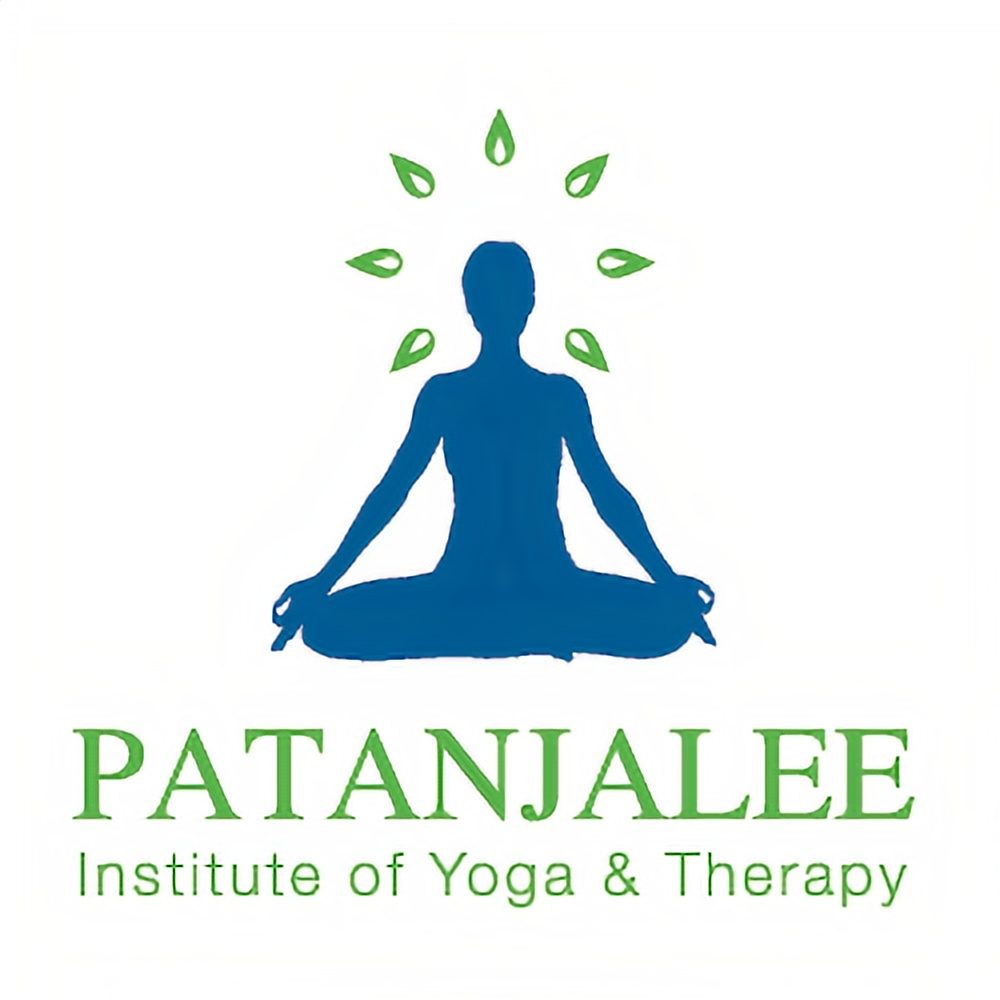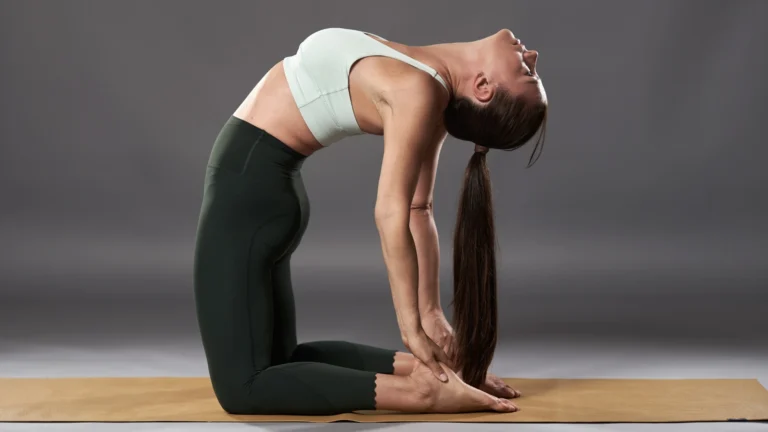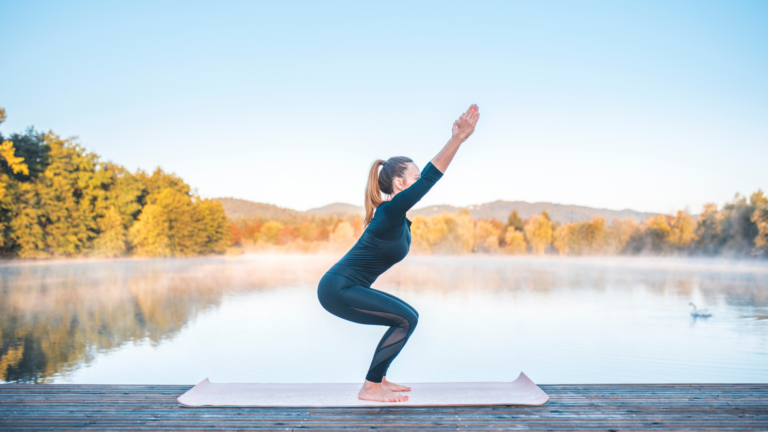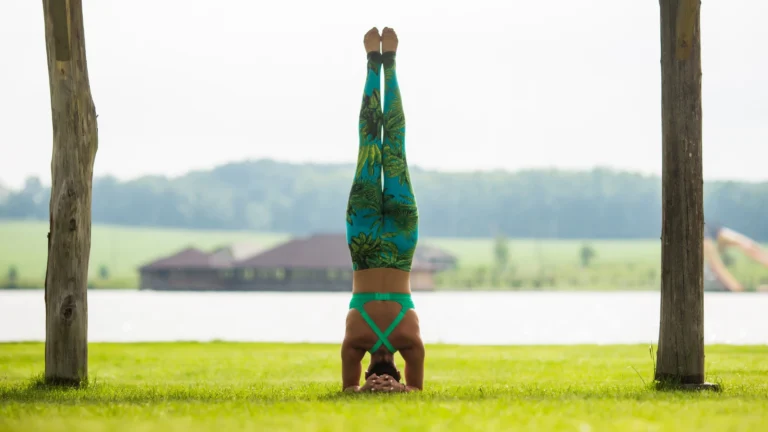Pada Hastasana – Forward Fold Pose | Steps, Benefits, Cautions
In the expansive realm of yoga, each asana serves as a gateway to deeper self-awareness and transformation. Pada Hastasana, or the Forward Fold Pose, stands as a testament to the profound connection between the body, mind, and spirit. Rooted in ancient wisdom and steeped in symbolism, this seemingly simple posture holds the key to unlocking inner peace, strength, and flexibility. In this blog, we embark on a journey through the intricacies of Pada Hastasana, uncovering its techniques, benefits, variations, and the profound impact it can have on our holistic well-being.
Origins and Symbolism
Pada Hastasana finds its origins in the rich tapestry of yogic philosophy, where each posture carries layers of symbolism and significance. The Sanskrit term “Pada” translates to “foot,” while “Hasta” refers to “hand,” and “Asana” denotes “pose” or “posture.” Thus, Pada Hastasana embodies the union of the hands and feet, symbolizing the harmonious integration of opposites within the body and mind.
Beyond its physical execution, Pada Hastasana represents a metaphorical journey reaching towards the earth with humility and grounding, while simultaneously aspiring towards the heavens with grace and openness. It embodies the principle of balance, inviting practitioners to find equilibrium amidst life’s ever-changing currents. As we fold forward, we surrender to the present moment, releasing tensions, worries, and distractions, and embracing the essence of our true selves.
As per the International Yoga Book of Records, the longest recorded duration for holding Pada Hastasana is 2 minutes and 5 seconds .
Technique and Alignment
Pada Hastasana is a standing forward bend that stretches the entire posterior chain of the body, including the spine, hamstrings, calves, and shoulders. Its technique emphasizes proper alignment, breath awareness, and mindful engagement.
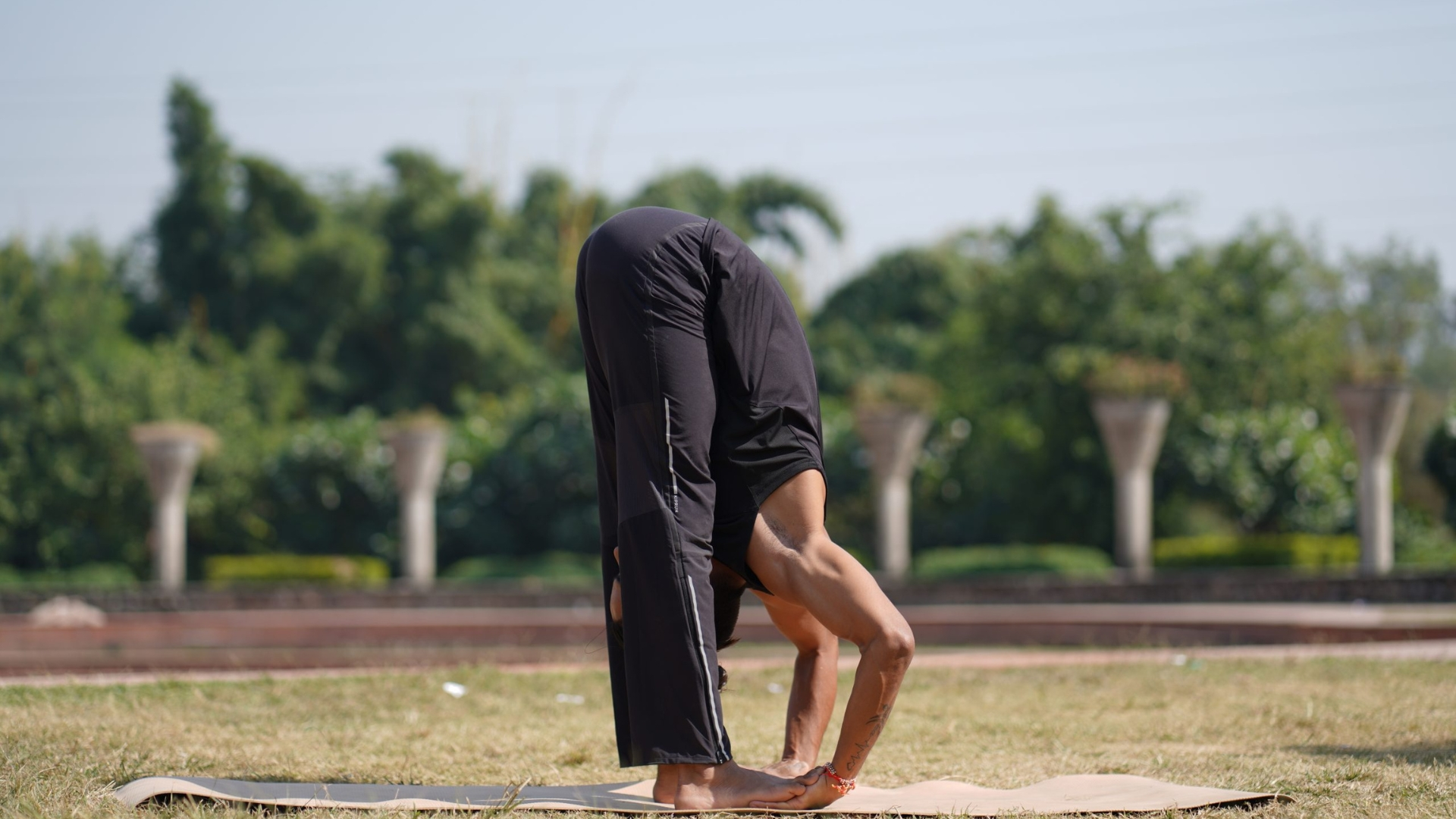
Here’s a detailed guide to performing the pose with precision and intention:
- Begin in Tadasana (Mountain Pose), standing tall with feet hip-width apart, toes pointing forward, and arms resting alongside the body.
- Take a moment to ground yourself, rooting through the soles of the feet and lengthening through the crown of the head.
- Inhale deeply, expanding the chest and drawing the shoulders back and down.
- Exhale slowly, engaging the core muscles and initiating the forward fold by hinging at the hips.
- Maintain a long, flat back as you fold forward, leading with the chest and extending the spine.
- Keep the knees straight but not locked, distributing the weight evenly between both feet.
- Allow the hands to reach towards the ground, framing the feet, or clasp the ankles or big toes, depending on your flexibility.
- Release any tension in the neck and shoulders, letting the head hang heavy.
- Soften the gaze or close the eyes, and focus on deepening the breath, expanding the ribcage with each inhale and surrendering deeper into the fold with each exhale.
- Hold the pose for several breaths, exploring sensations of stretch and release along the back of the body.
- To exit the pose, inhale deeply, engage the core, and slowly rise back up to standing, vertebra by vertebra, maintaining the length in the spine.
Modifications and Variations
Pada Hastasana offers a spectrum of modifications and variations to accommodate practitioners of all levels and physical abilities. Whether you’re a beginner exploring the foundations of the pose or an experienced yogi seeking to deepen your practice, there are options to suit your needs:
- Bent Knees: If you have tight hamstrings or lower back sensitivity, bending the knees slightly can alleviate strain and make the pose more accessible. Ensure that the knees remain aligned with the toes and avoid hyperextending or locking them.
- Hands on Blocks: Placing yoga blocks or a raised surface beneath the hands can reduce the distance to the ground, providing support and stability, particularly for beginners. Start with higher blocks and gradually decrease the height as flexibility improves.
- Strap Assistance: Using a yoga strap around the feet can assist in reaching the hands towards the feet, especially for individuals with limited flexibility. Loop the strap around the balls of the feet and hold onto the ends with a comfortable grip, allowing the arms to relax as the torso folds forward.
- One-Leg Variation: To intensify the stretch and challenge balance, practitioners can explore a one-leg variation by lifting one foot off the ground and extending it straight behind them, aligning the hips and shoulders. Keep the standing leg engaged and the toes pointing forward, and switch sides after holding for several breaths.
- Interlaced Fingers Behind the Back: Another variation involves interlacing the fingers behind the back while in the forward fold, opening the chest and shoulders and deepening the stretch along the hamstrings. Begin by clasping the hands together and drawing the shoulder blades down the back, then fold forward while maintaining the interlaced grip.
Benefits Of Pada Hastasana
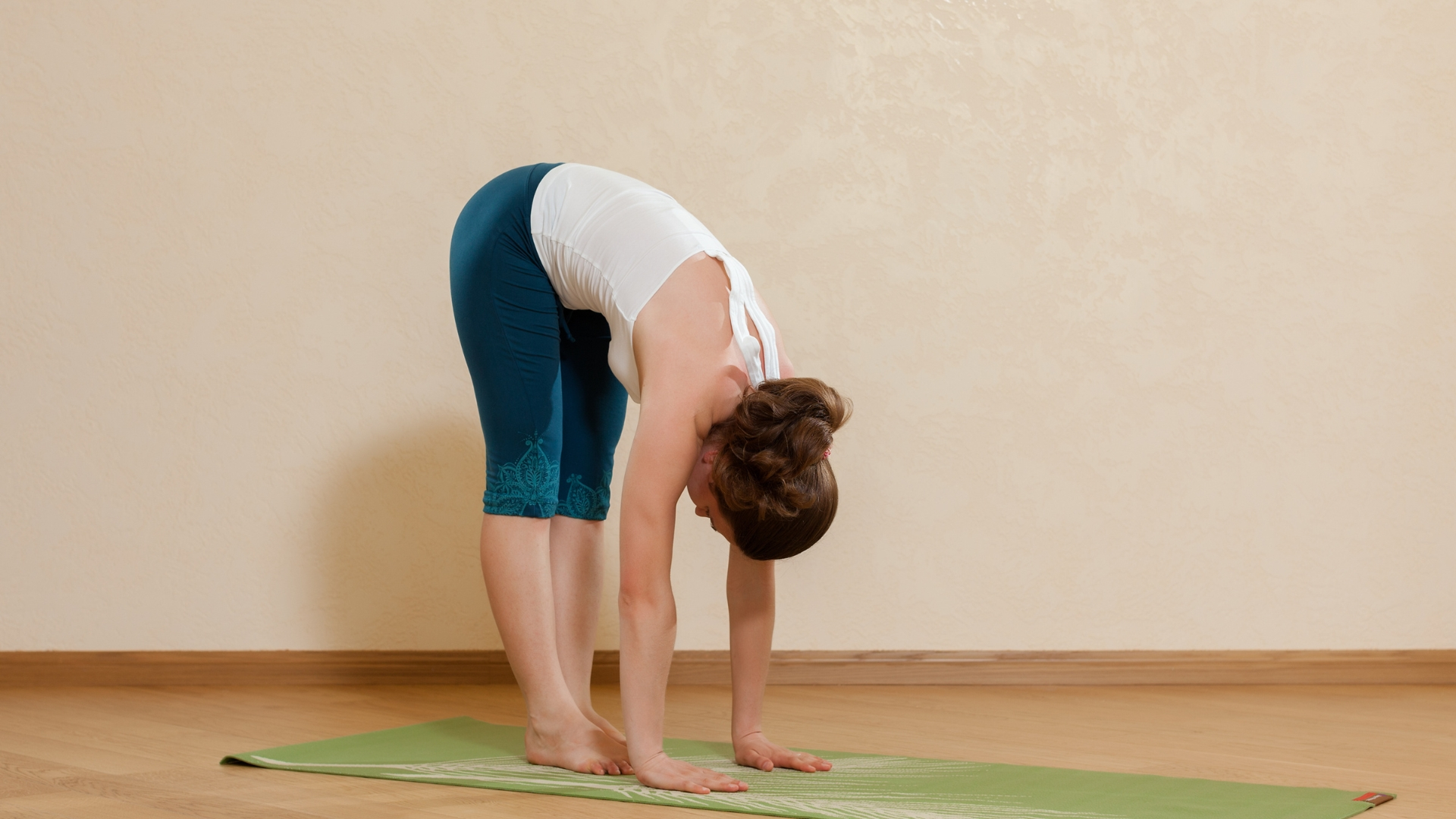
Pada Hastasana offers a myriad of benefits for the physical, mental, and energetic dimensions of our being. Whether practiced in isolation or as part of a larger sequence, its transformative effects extend far beyond the yoga mat:
- Increases Flexibility: The pose stretches the entire posterior chain of the body, including the spine, hamstrings, calves, and shoulders, enhancing overall flexibility and range of motion. Regular practice gradually lengthens and loosens tight muscles, improving mobility and preventing injury.
- Strengthens Muscles: Despite its passive appearance, Pada Hastasana engages the muscles of the legs, core, and back, promoting strength, stability, and muscular endurance. The sustained effort required to hold the pose cultivates muscular awareness and resilience over time.
- Improves Posture: By elongating the spine and releasing tension in the back muscles, Pada Hastasana helps to correct postural imbalances and alleviate discomfort associated with poor alignment. Practiced regularly, it encourages an upright, balanced posture both on and off the mat.
- Stimulates Digestion: The gentle compression of the abdomen in Pada Hastasana massages the digestive organs, promoting healthy digestion, and alleviating symptoms of bloating, gas, and constipation. The increased blood flow to the abdominal region stimulates peristalsis and facilitates the elimination of waste.
- Calms the Mind: Forward folds have a grounding and soothing effect on the nervous system, inducing a state of relaxation, tranquility, and mental clarity. Pada Hastasana quiets the chatter of the mind, allowing practitioners to cultivate presence, mindfulness, and inner stillness.
- Enhances Circulation: The inversion in Pada Hastasana encourages blood flow to the brain, improving cognitive function, concentration, and mental acuity. The rejuvenating influx of oxygenated blood nourishes brain cells, boosts energy levels, and revitalizes the senses.
- Energizes the Body: While promoting relaxation, Pada Hastasana also invigorates the body, awakening dormant energy and enlivening the senses. Practiced as part of a morning routine, it serves as a gentle yet potent catalyst for vitality, resilience, and embodied awareness.
You can also read on Bhujangasana – Cobra Pose | Steps, Benefits, Cautions .
Precautions and Contraindications
While Pada Hastasana offers a plethora of benefits, it may not be suitable for everyone. Practitioners with specific health conditions or anatomical considerations should approach the pose with caution or seek guidance from a qualified yoga teacher or healthcare professional. Joining online yoga classes will help you to get out a clear idea about the precautions and considerations in doing Pada Hastasana. Some precautions and contraindications to consider include:
- Back Injuries: Individuals with acute or chronic back pain, herniated discs, spinal stenosis, or other spinal conditions should avoid deep forward bends and consult with a healthcare professional before attempting Pada Hastasana. Those with osteoporosis or osteopenia should also exercise caution to prevent spinal compression fractures.
- Hamstring Injuries: If you have a history of hamstring strains, tears, or tightness, be mindful not to overstretch in Pada Hastasana, as this can exacerbate existing injuries or lead to further strain. Begin with gentler modifications and gradually increase the depth of the stretch as flexibility improves.
- High Blood Pressure: Individuals with uncontrolled hypertension or cardiovascular conditions should avoid holding the forward fold for an extended period, as this can cause a sudden increase in blood pressure. Instead, modify the pose with bent knees or practice with the support of props to mitigate the risk of strain.
- Pregnancy: Pregnant women should approach Pada Hastasana with caution, especially during the second and third trimesters when the abdomen is more prominent and the risk of strain on the pelvic floor is higher. Avoid deep forward folds and opt for gentler modifications that prioritize comfort and safety for both the mother and baby. Pregnant women may opt for online pregnancy yoga classes tailored to their unique requirements.
- Neck Injuries: Those with neck injuries or cervical spine issues should take care not to strain or compress the cervical vertebrae in Pada Hastasana. Keep the neck relaxed and the gaze soft, and avoid excessive tension or pulling in the neck and shoulders.
- Recent Abdominal Surgery: Individuals recovering from abdominal surgery, such as hernia repair or abdominal hysterectomy, should avoid deep forward bends that place pressure on the abdominal wall. Opt for gentler stretches and consult with a healthcare provider before attempting Pada Hastasana.
- Vertigo or Dizziness: If you experience vertigo, dizziness, or balance issues, use caution when moving into and out of Pada Hastasana to prevent falls or loss of equilibrium. Practice near a wall or sturdy support for added stability, and listen to your body’s signals to avoid overexertion.
Integration into Practice
Pada Hastasana can be seamlessly integrated into a yoga practice as a standalone posture or as part of a larger sequence. Its versatility allows for exploration and adaptation, whether practicing at home, in a studio, or outdoors in nature.

Consider incorporating Pada Hastasana into the following contexts:
- Sun Salutations (Surya Namaskar): Begin or end your Sun Salutation sequence with Pada Hastasana to prepare the body for forward bends and inversions. Use the pose as a transitional movement between each round, synchronizing breath with movement to cultivate flow and rhythm.
- Seated Forward Folds: Follow Pada Hastasana with seated forward folds such as Paschimottanasana (Seated Forward Bend) or Janu Sirsasana (Head-to-Knee Pose) to deepen the stretch along the posterior chain and increase flexibility in the hips and lower back.
- Restorative Practice: Incorporate Pada Hastasana into a restorative yoga practice as a gentle opener or counterpose to more intense backbends or twists. Pair the pose with supported variations using bolsters, blankets, or yoga props to encourage relaxation and surrender.
- Mindfulness Meditation: Use Pada Hastasana as a meditation in motion, focusing on the sensation of breath and movement as you flow into and out of the pose. Cultivate present-moment awareness by observing thoughts, emotions, and bodily sensations without judgment or attachment.
- Yoga Nidra: Conclude your yoga practice with Pada Hastasana as part of a Yoga Nidra (Yogic Sleep) session, allowing the body to fully relax and release tension as you surrender into the pose. Use gentle breathwork and visualization to guide the mind into a state of deep relaxation and inner peace.
A Gentle Detox for the Mind and Body
One of the hidden gifts of Pada Hastasana is its natural detoxifying effect. As you fold forward, the gentle compression of the abdomen stimulates internal organs like the liver and kidneys, promoting a cleansing effect from within. At the same time, the increased blood flow to the brain creates a refreshing mental reset—almost like pressing a restart button for your thoughts. Practicing this pose regularly can help reduce mental fatigue, sharpen focus, and bring a sense of inner lightness.
A Morning Energy Booster
Starting your day with Pada Hastasana can be as revitalizing as your first sip of tea or coffee. The deep forward fold awakens stiff muscles, energizes the nervous system, and creates a sense of grounding before a busy day. Many practitioners report feeling instantly lighter, calmer, and more present after just a few breaths in the pose. It’s an ideal way to replace sluggishness with vitality—making it perfect for anyone seeking a natural, caffeine-free energy boost.
Cultivating Humility and Self-Acceptance
Beyond the physical stretch, Pada Hastasana carries a profound spiritual message. The act of bowing forward teaches humility and surrender—reminding us that true strength comes from letting go. Instead of chasing perfection in flexibility, the pose encourages us to accept our bodies as they are today. This gentle reminder of self-compassion makes Pada Hastasana not just a physical exercise but also an emotional and spiritual practice that supports overall well-being. Pada Hastasana gently inverts the body, encouraging blood flow to the brain—a process shown to enhance cognitive function and mental clarity. Practitioners often report heightened focus and revitalized energy following this pose.
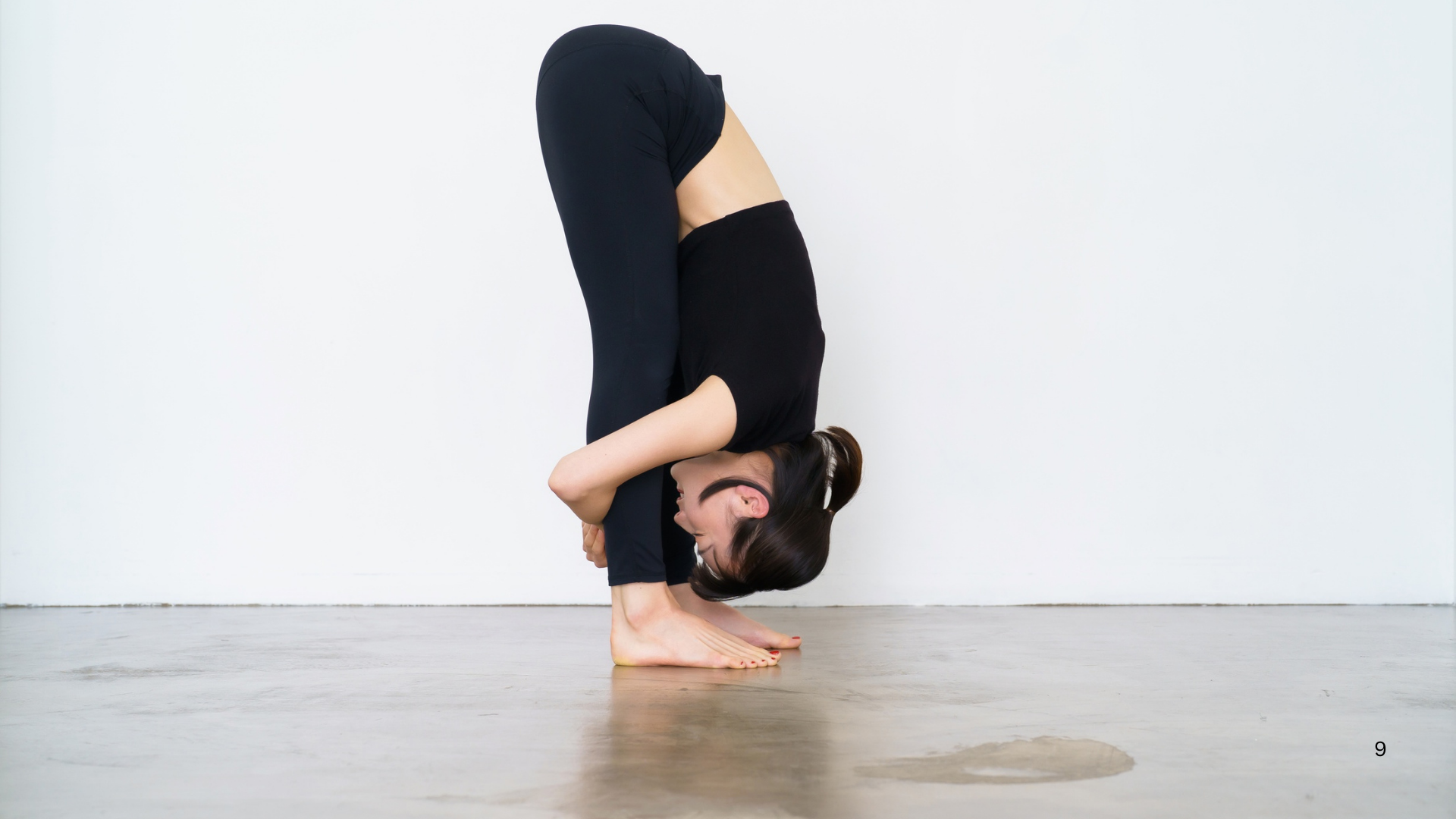
Conclusion
In the sacred journey of yoga, Pada Hastasana emerges as a beacon of light a guiding star that illuminates the path to self-discovery, healing, and transformation. Through its graceful embodiment of balance, humility, and surrender, this timeless posture invites us to explore the depths of our being and awaken to the inherent wisdom that resides within. As we fold forward with reverence and grace, may we embrace the beauty of impermanence, the power of breath, and the boundless potential of the present moment. In the sacred space of Pada Hastasana, may we find solace, strength, and the eternal essence of our true selves.
